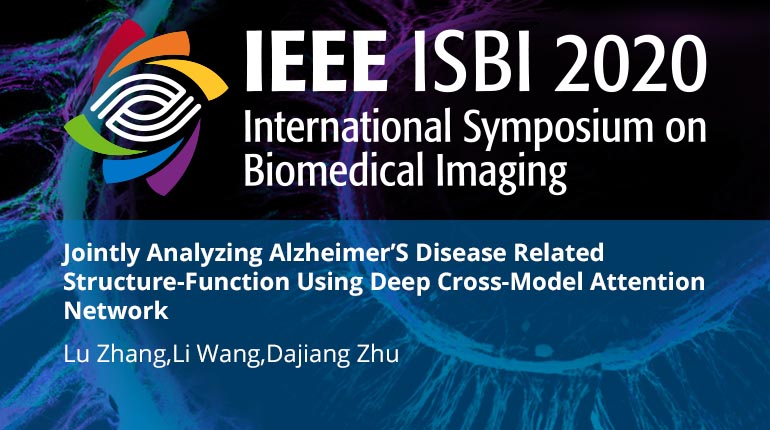Collection:

Reversing the pathology of Alzheimer's disease (AD) has so far not been possible, a more tractable way may be having the intervention in its earlier stage, such as mild cognitive impairment (MCI) which is considered as the precursor of AD. Recent advances in deep learning have triggered a new era in AD/MCI classification and a variety of deep models and algorithms have been developed to classify multiple clinical groups (e.g. aged normal control - CN vs. MCI) and AD conversion. Unfortunately, it is still largely unknown what is the relationship between the altered functional connectivity and structural connectome at individual level. In this work, we introduced a deep cross-model attention network (DCMAT) to jointly model brain structure and function. Specifically, DCMAT is composed of one RNN (Recurrent Neural Network) layer and multiple graph attention (GAT) blocks, which can effectively represent disease-specific functional dynamics on individual structural network. The designed attention layer (in GAT block) aims to learn deep relations among different brain regions when differentiating MCI from CN. The proposed DCMAT shows promising classification performance compared to recent studies. More importantly, our results suggest that the MCI related functional interactions might go beyond the directly connected brain regions.
- IEEE MemberUS $11.00
- Society MemberUS $0.00
- IEEE Student MemberUS $11.00
- Non-IEEE MemberUS $15.00
Videos in this product
Jointly Analyzing Alzheimer'S Disease Related Structure-Function Using Deep Cross-Model Attention Network
Reversing the pathology of Alzheimer's disease (AD) has so far not been possible, a more tractable way may be having the intervention in its earlier stage, such as mild cognitive impairment (MCI) which is considered as the precursor of AD. Recent advances in deep learning have triggered a new era in AD/MCI classification and a variety of deep models and algorithms have been developed to classify multiple clinical groups (e.g. aged normal control - CN vs. MCI) and AD conversion. Unfortunately, it is still largely unknown what is the relationship between the altered functional connectivity and structural connectome at individual level. In this work, we introduced a deep cross-model attention network (DCMAT) to jointly model brain structure and function. Specifically, DCMAT is composed of one RNN (Recurrent Neural Network) layer and multiple graph attention (GAT) blocks, which can effectively represent disease-specific functional dynamics on individual structural network. The designed attention layer (in GAT block) aims to learn deep relations among different brain regions when differentiating MCI from CN. The proposed DCMAT shows promising classification performance compared to recent studies. More importantly, our results suggest that the MCI related functional interactions might go beyond the directly connected brain regions.
 Cart
Cart Create Account
Create Account Sign In
Sign In
